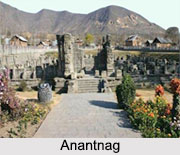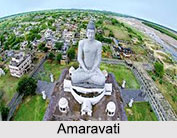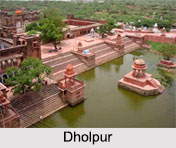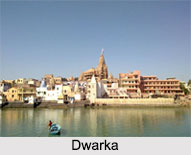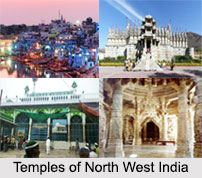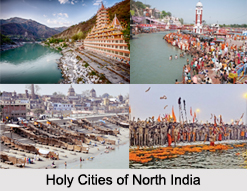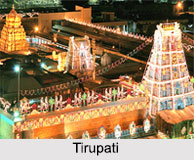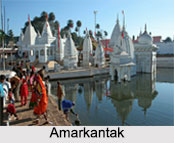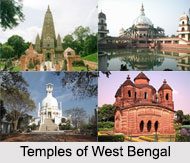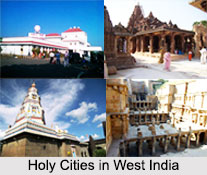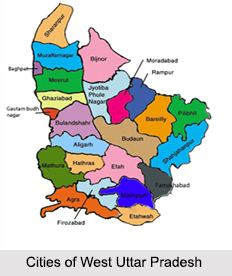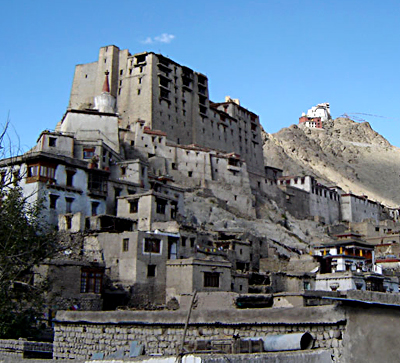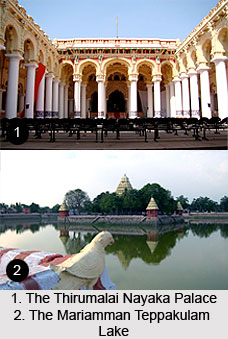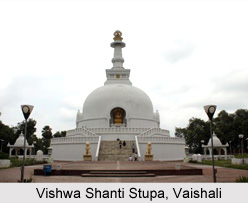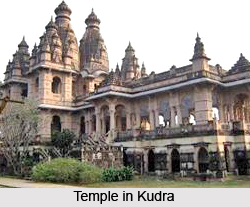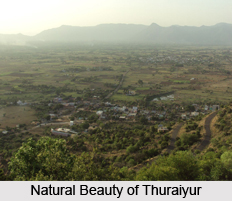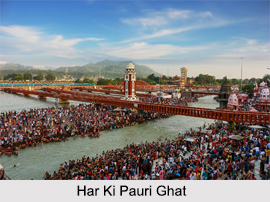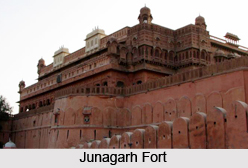 The history of Bikaner dates back to the 15th century. Bikaner was founded by Rao Bikaji. He was the son of Rathore raja of Marwar, Jodhpur. Due to differences with his father he left Jodhpur with a small band of kinsmen and set up his own kingdom in the Bikaner. It is said that he seeked the blessings of Karni Mata, a renowned female mystic before setting up his empire in Bikaner. Ascension to the throne of Bikaner was not at all easy for him. He had to face several local desert tribes to stabilize his own kingdom. This desert region was the main route for trading. Bikaji conquered it ultimately in 1486 A.D. and renamed it as Bikaner.
The history of Bikaner dates back to the 15th century. Bikaner was founded by Rao Bikaji. He was the son of Rathore raja of Marwar, Jodhpur. Due to differences with his father he left Jodhpur with a small band of kinsmen and set up his own kingdom in the Bikaner. It is said that he seeked the blessings of Karni Mata, a renowned female mystic before setting up his empire in Bikaner. Ascension to the throne of Bikaner was not at all easy for him. He had to face several local desert tribes to stabilize his own kingdom. This desert region was the main route for trading. Bikaji conquered it ultimately in 1486 A.D. and renamed it as Bikaner.
The descendants of Bikaji were fortunate as their kingdom was situated in the midst of the vast desert. As a result the enemies could not survive for a longer time in the harsh conditions. As a result the kingdom predominantly witnessed peace. The medieval settings, traditions, beliefs and customs prevailed in Bikaner. Anything contemporary was shunned. Till date the aura of antiquity prevails in Bikaner. This, in a way, adds to the charm and beauty of this particular tourist destination in Rajasthan.
However in the 16th century the kingdom came into conflict with the Mughals. At this point of time the Mughal Sultanate were consolidating their empire in India. Amongst the Rajputana states Bikaner lay closest to Delhi. As a result several wars followed with the Mughal Empire. However the harsh desert conditions worked a boon for the kingdom and the Mughals were easily defeated by the army of Bikaner. Finally it was Akbar who broke down the wall between the parties through his sharp diplomatic skills.
Due to this reason it is seen a number of Bikaner rulers were part of the Mughal army. They commanded respected posts and had many battles for the Mughal Empire. They had fought almost all over India-from Deccan in the south to Gujarat in the west. One of the rulers of Bikaner held special place in the court of Akbar, as one of his "Nine Gems." It was Raja Prithviraj Singh who was a poet and a warrior. During this time Bikaner flourished rapidly as the trade center. Gold and silver smiths, weavers and perfumeries and leather craftsmen from Middle East and China visited India on business. Bikaner`s hey days had just started. It also became famed for its music and arts. Till date Bikaner is popular for its performing arts.
In the 18th century Bikaner witnessed a descending graph as it started to decline mainly due to the attacks of the Marathas. This situation continued till the advent of the British. Initially an age of harmony prevailed but again by the middle of the 19th century the financial constraints, military problems and internal tensions started hovering over the kingdom. This situation was mainly due to the new allies of Bikaner. The British had put the kingdom into debt. However in true Rajputana spirit Bikaner fought back. The Ship of the Desert came to the state`s rescue as they helped it economically and eventually politically.
Maharaja Ganga Singh in the 20th century put Bikaner back into the Indian map with its due respect and glory. The history of Bikaner, thus, quite interesting to follow.
